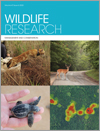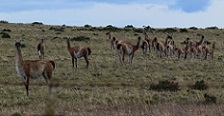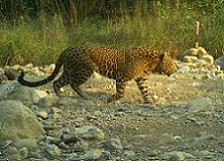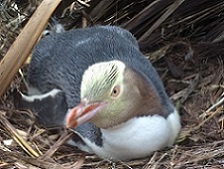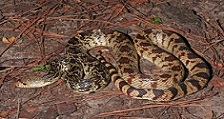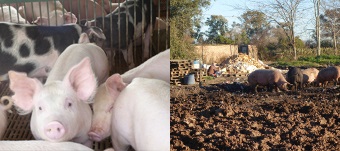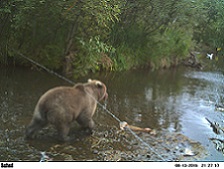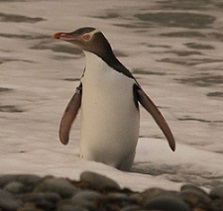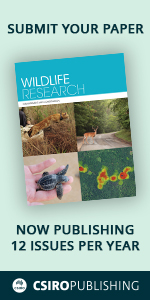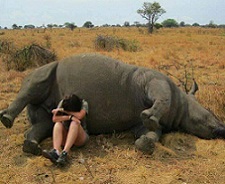
This viewpoint considers the historical value of private rhino ownership and the challenges the industry faces now and in the future, in light of substantial increases in poaching and the associated economic impact. With declines in state-managed populations, private rhino owners may have an even more important role to play in the protection of one of Africa’s Big Five. Photograph by Charles Theron.


